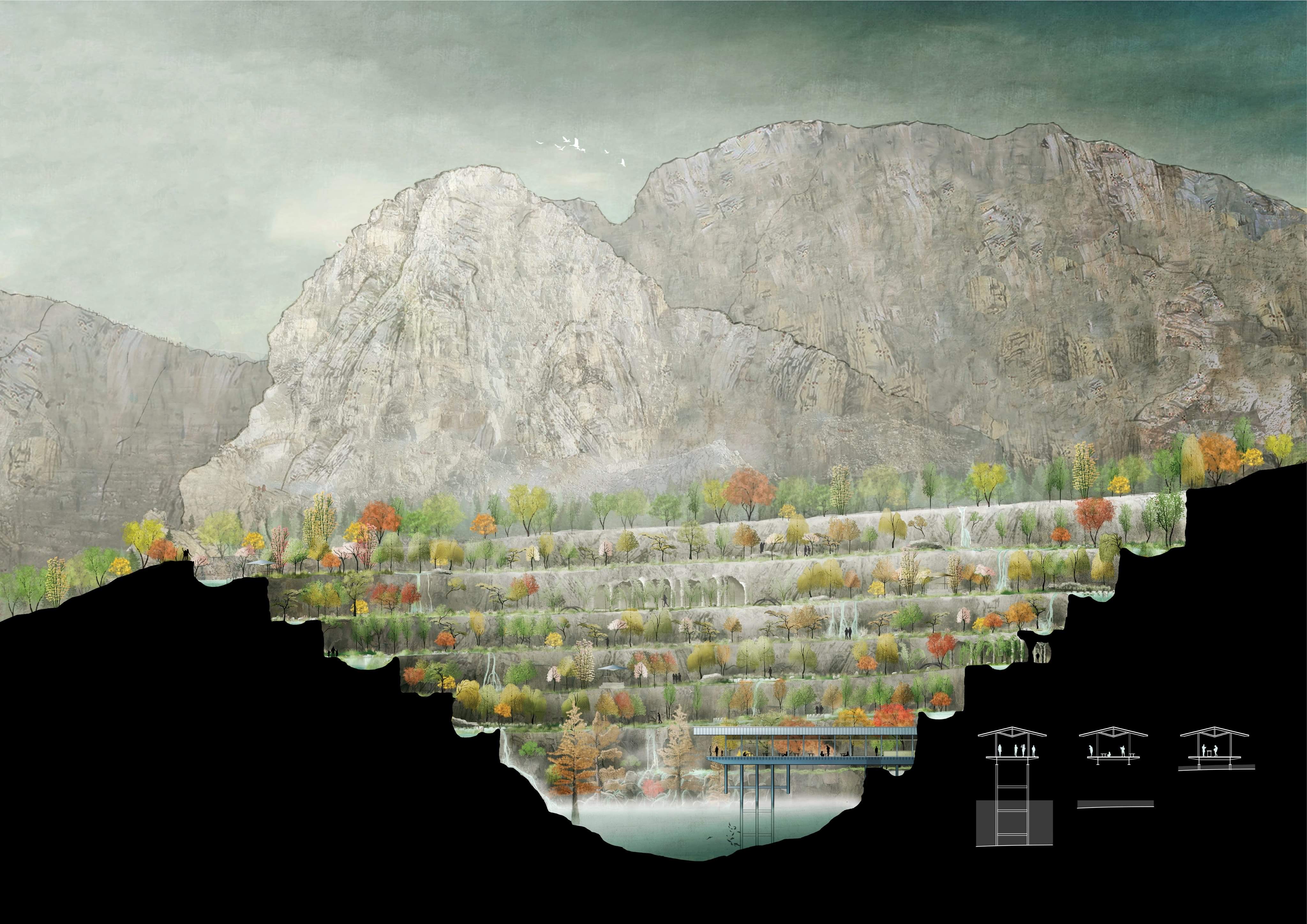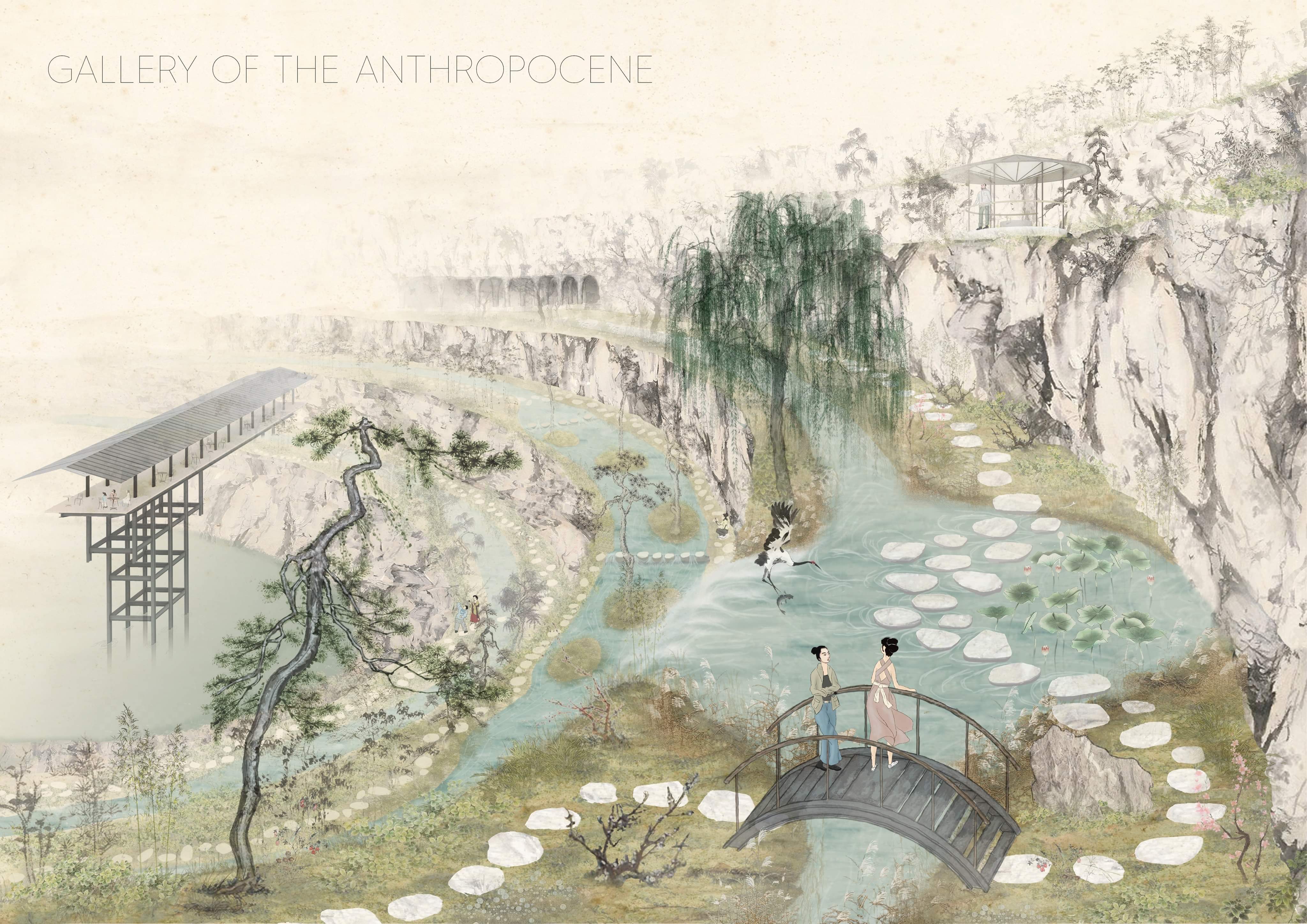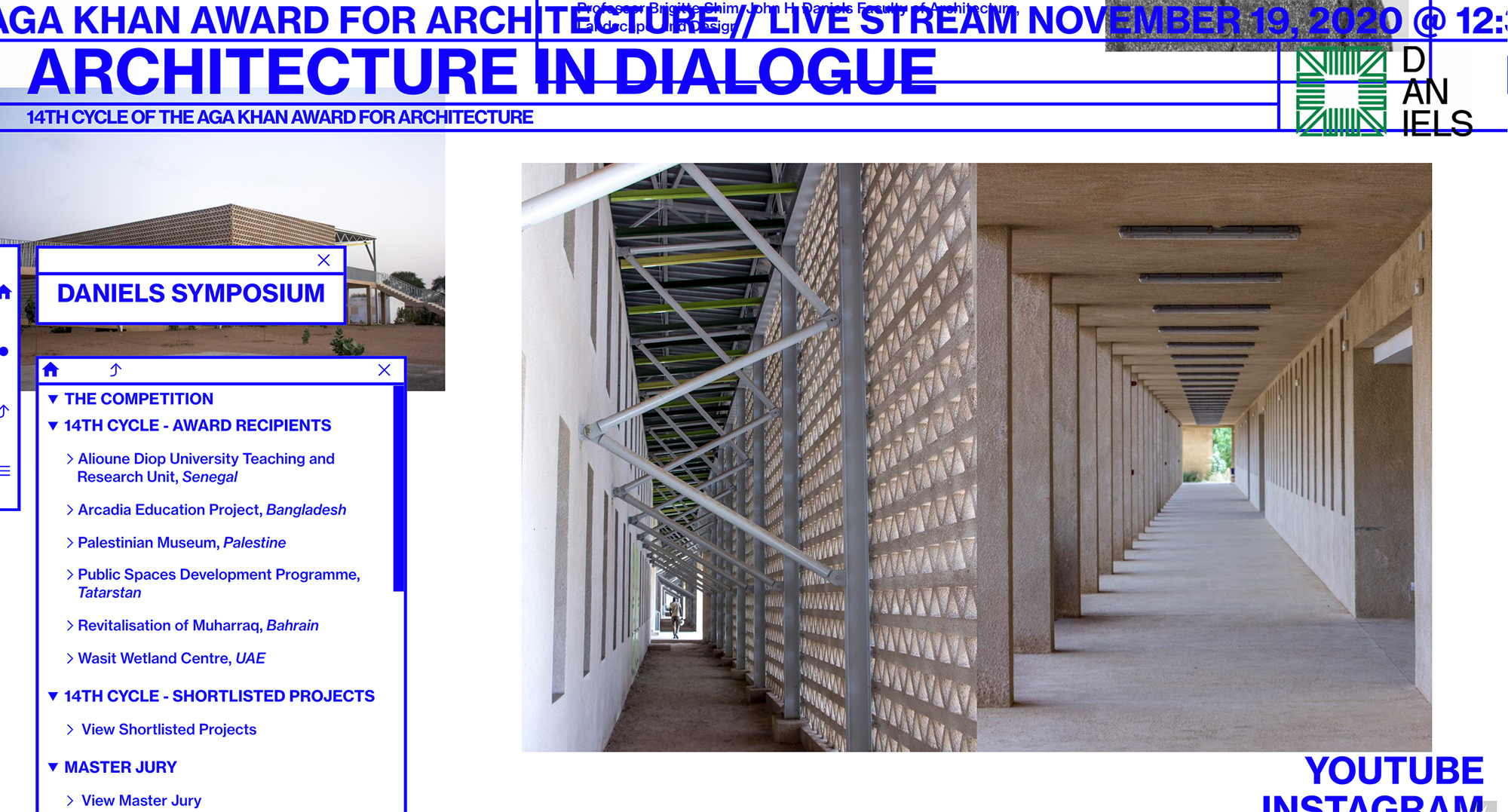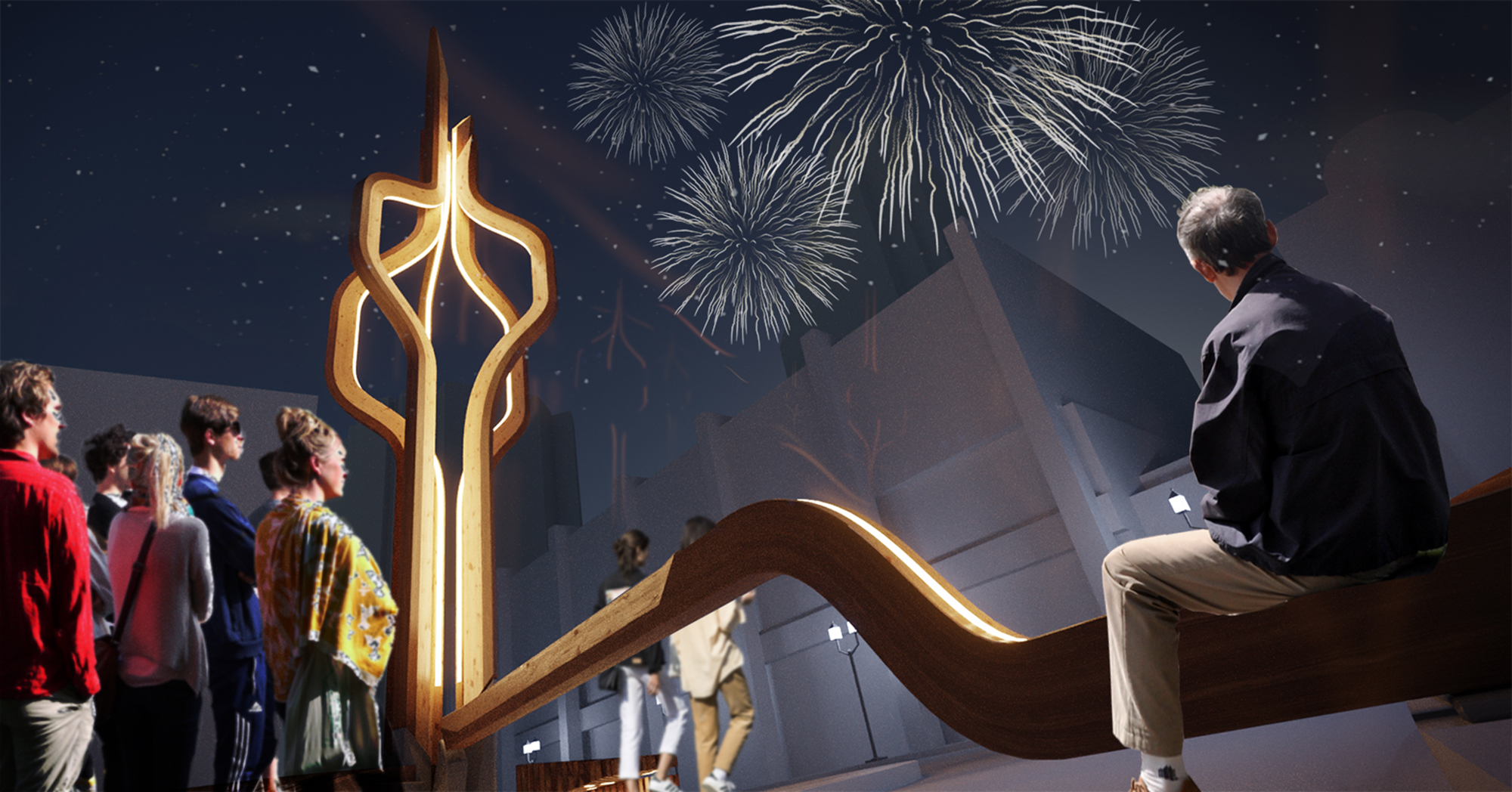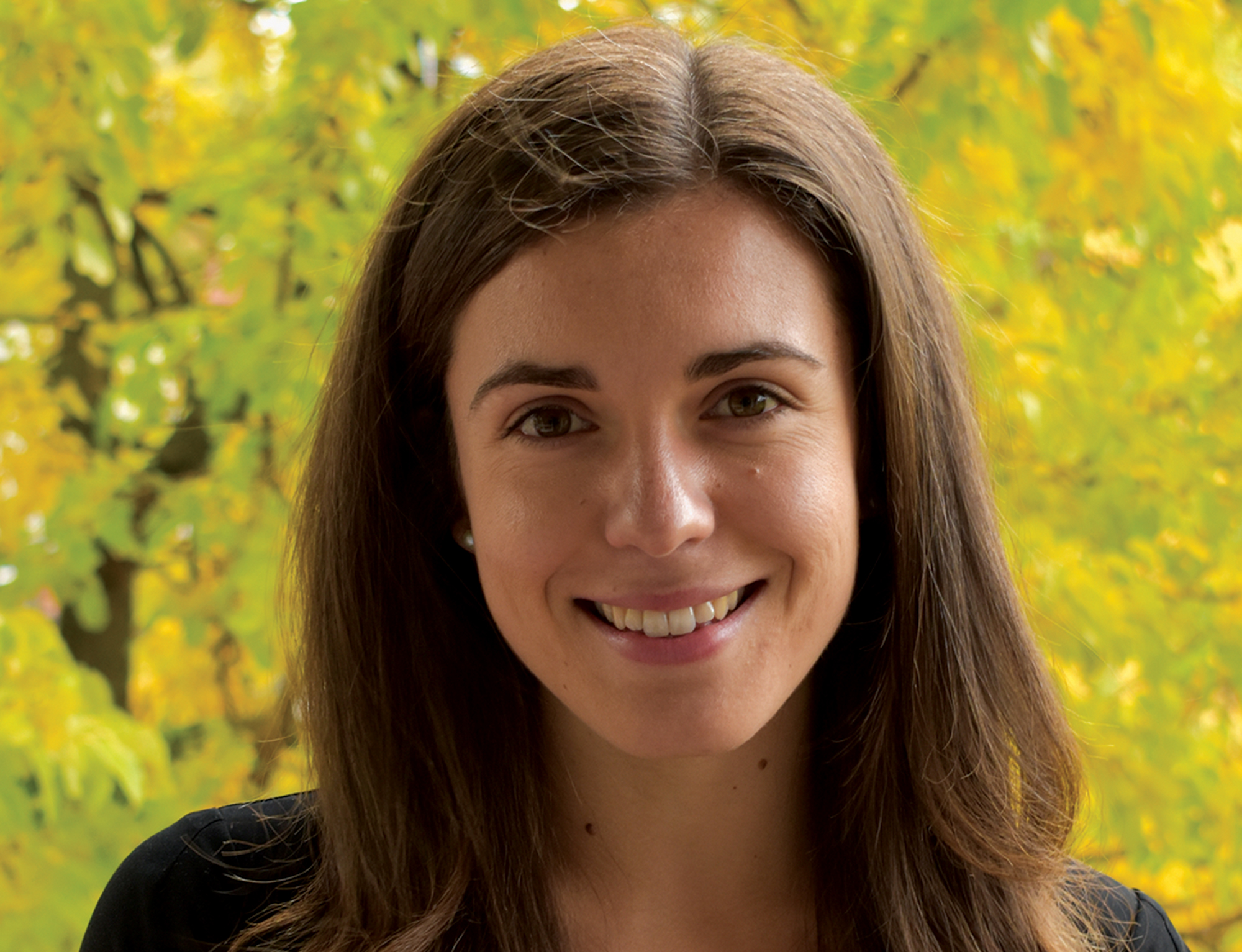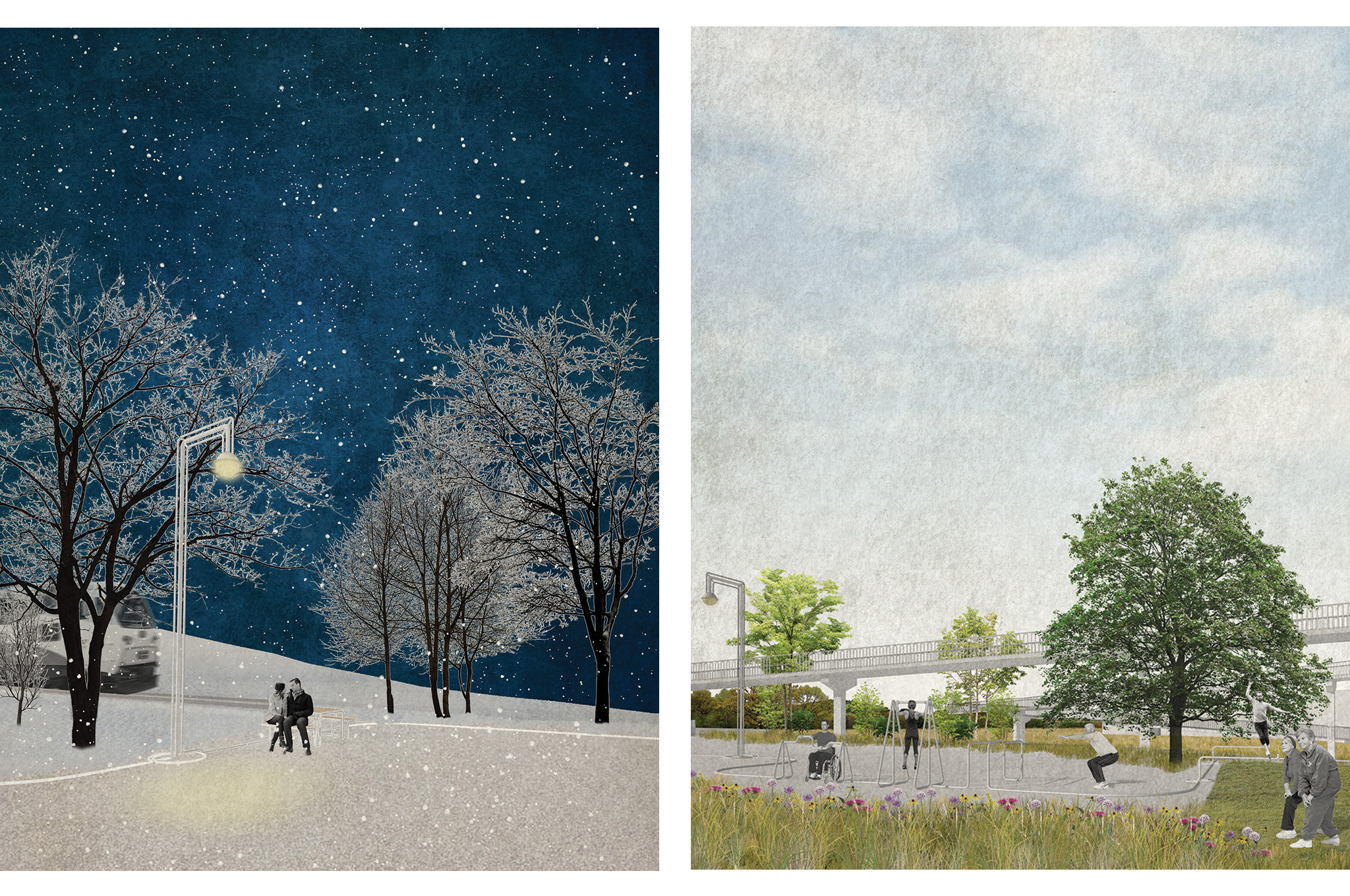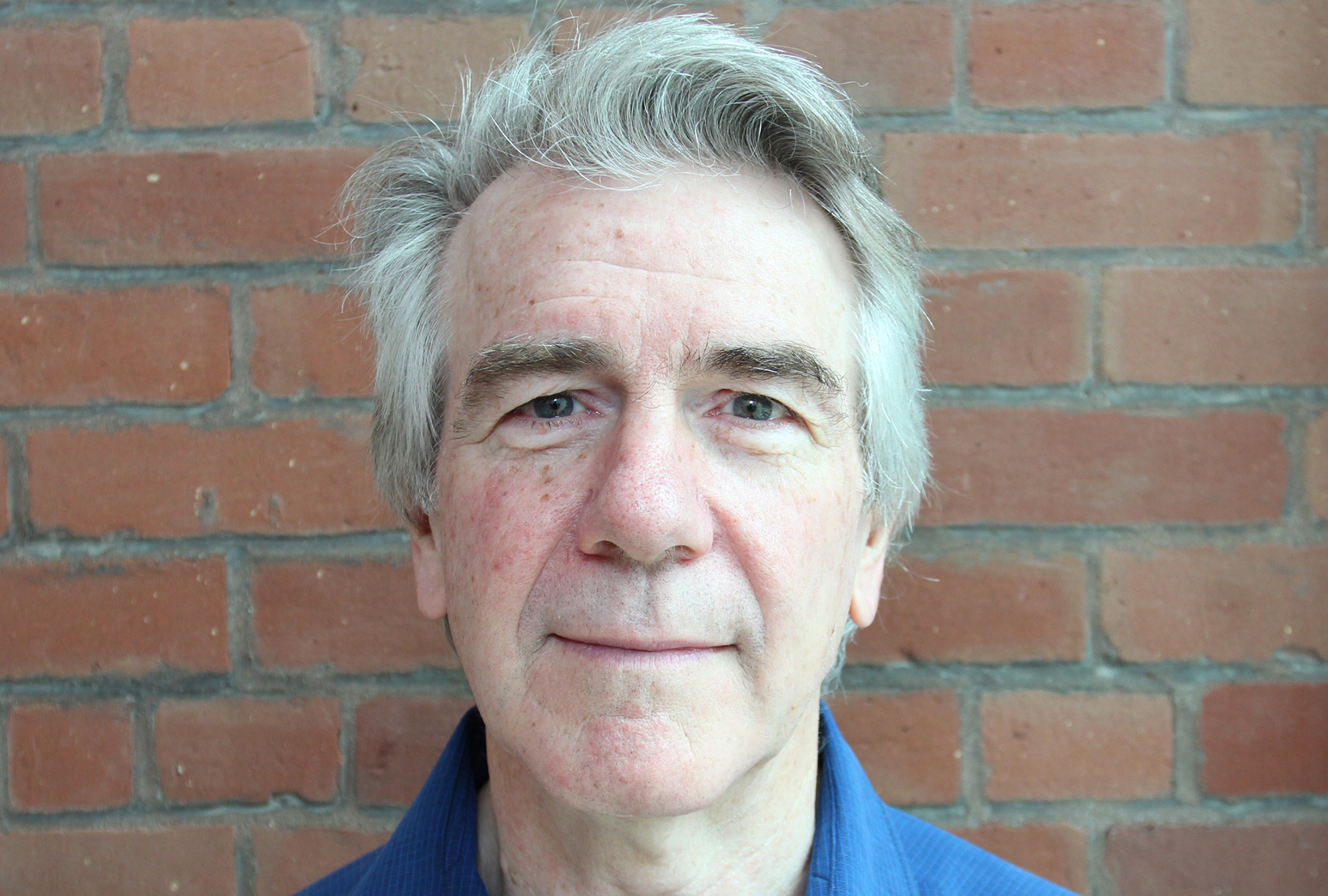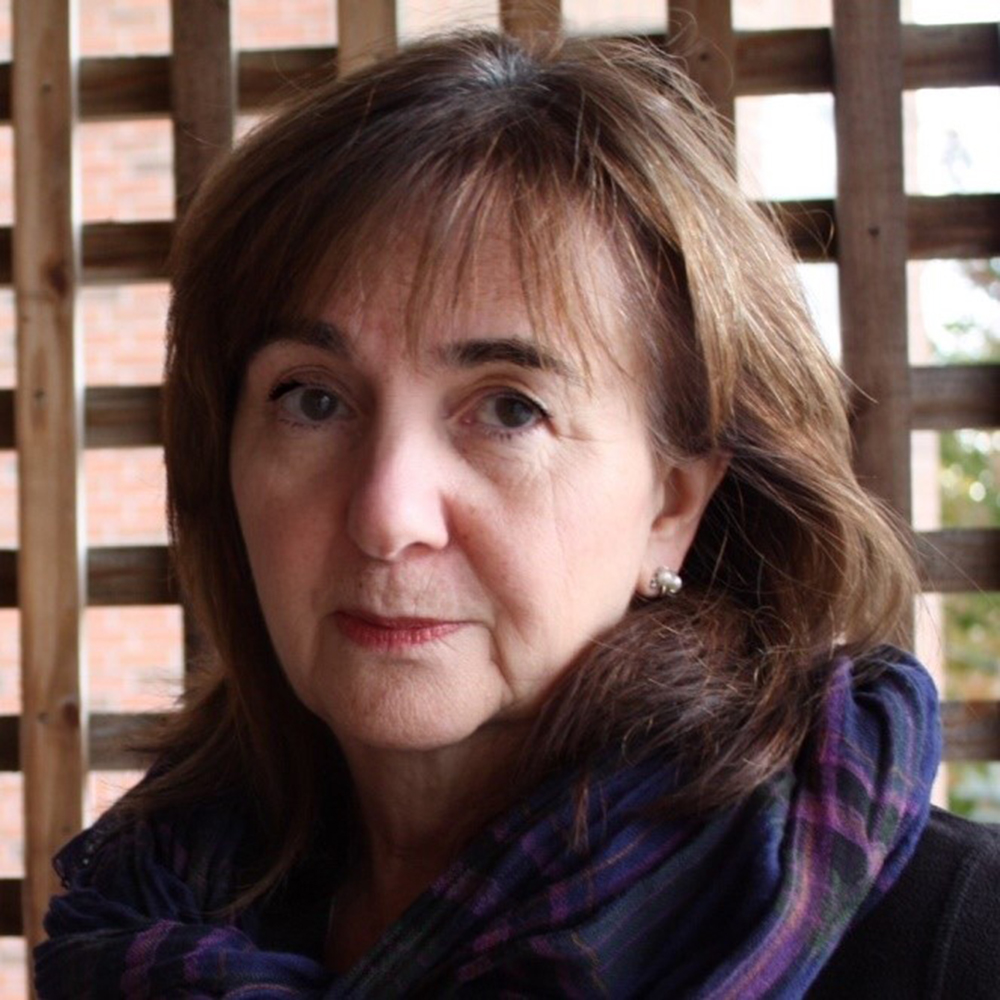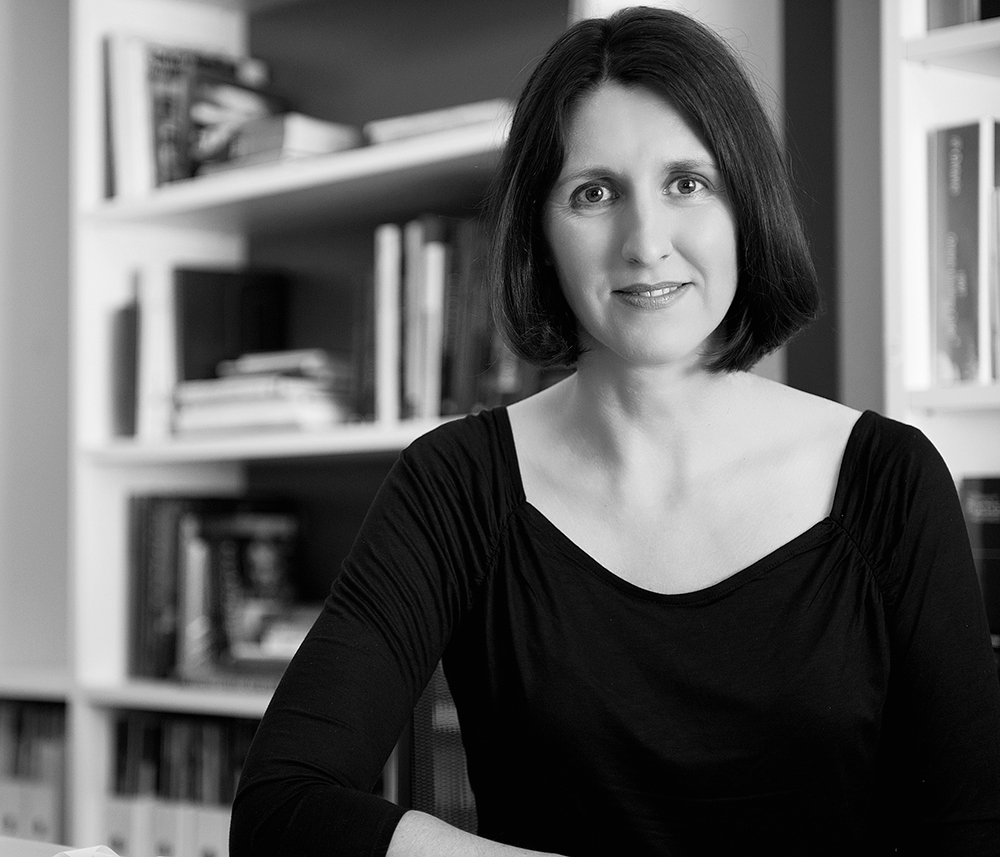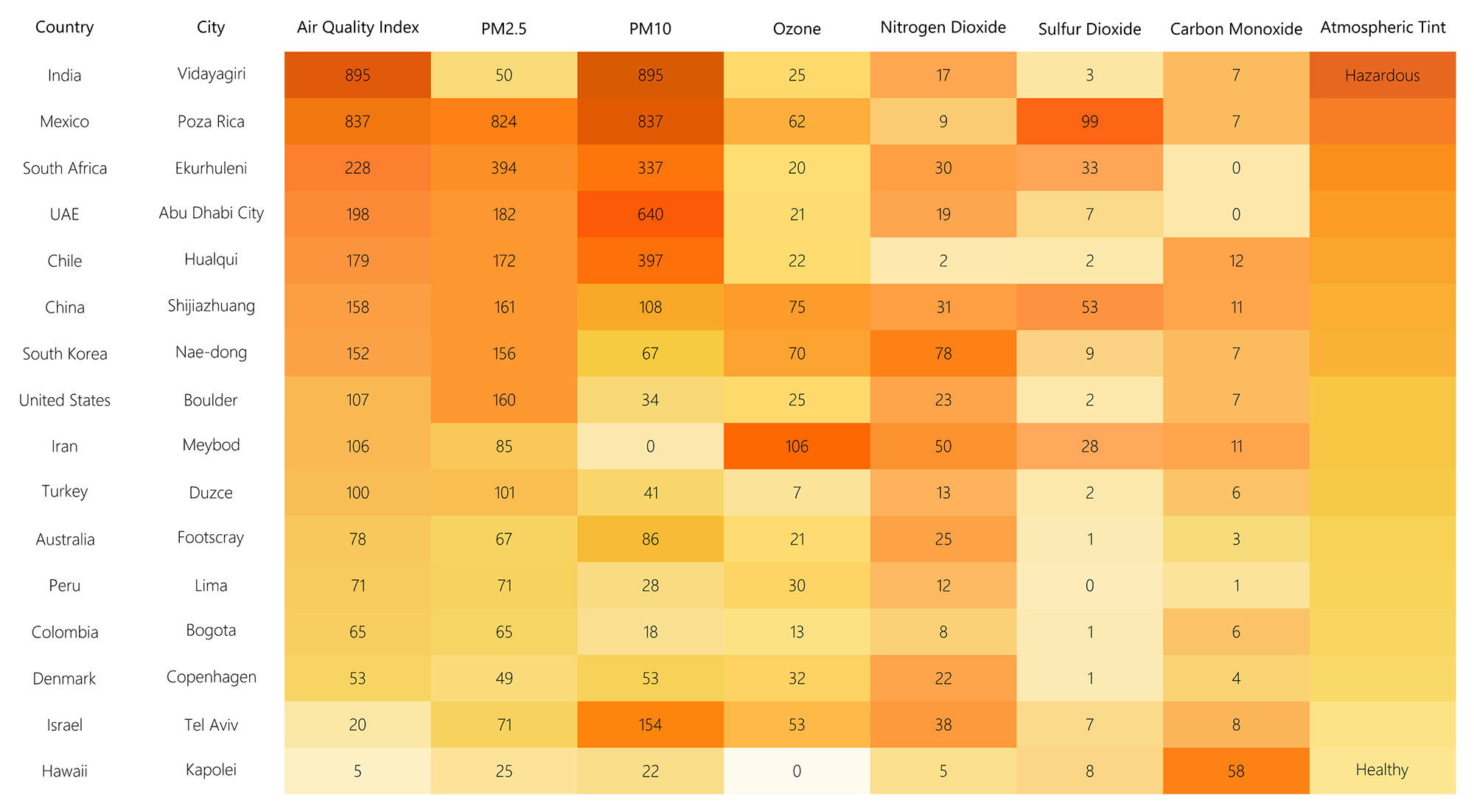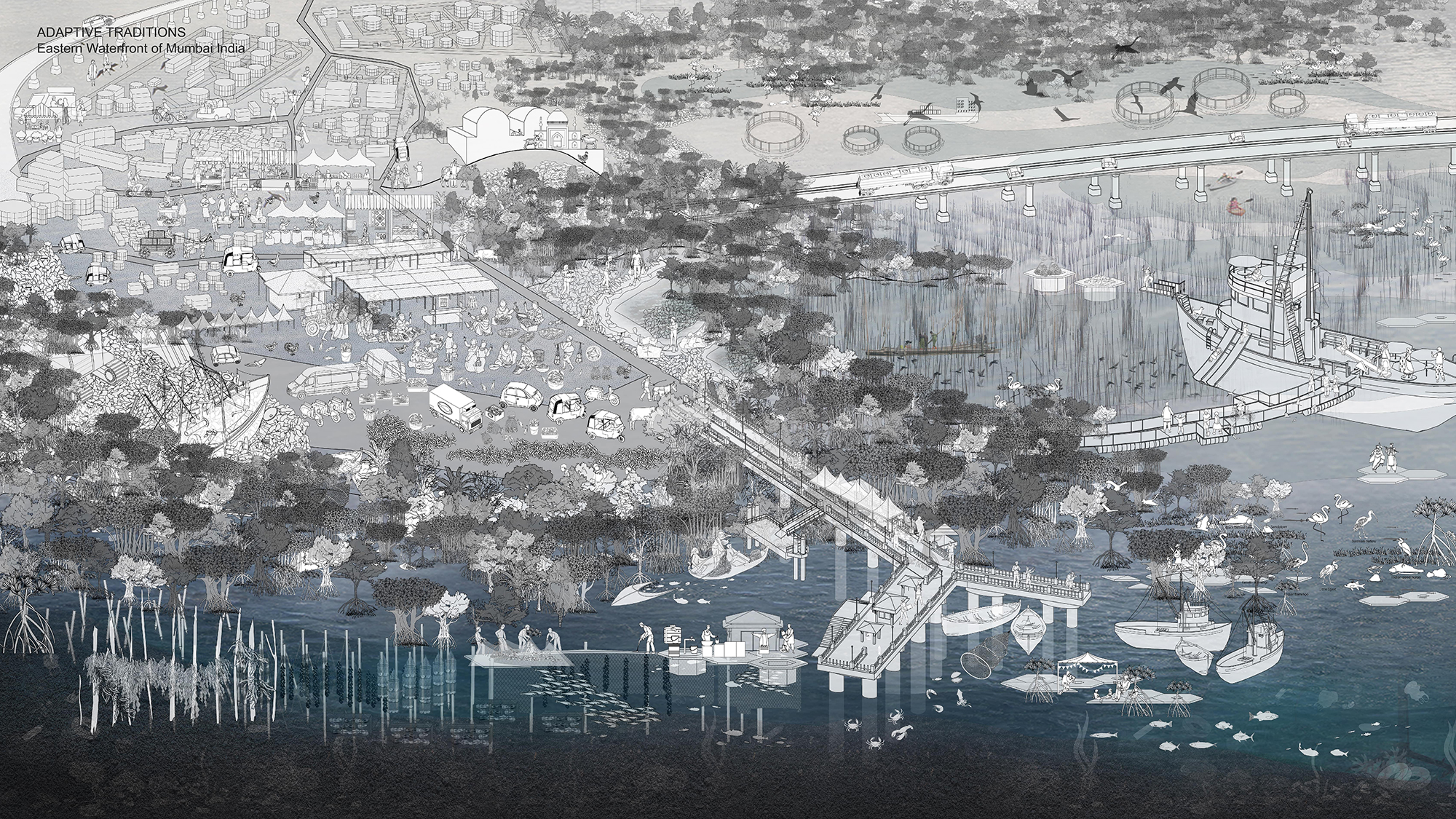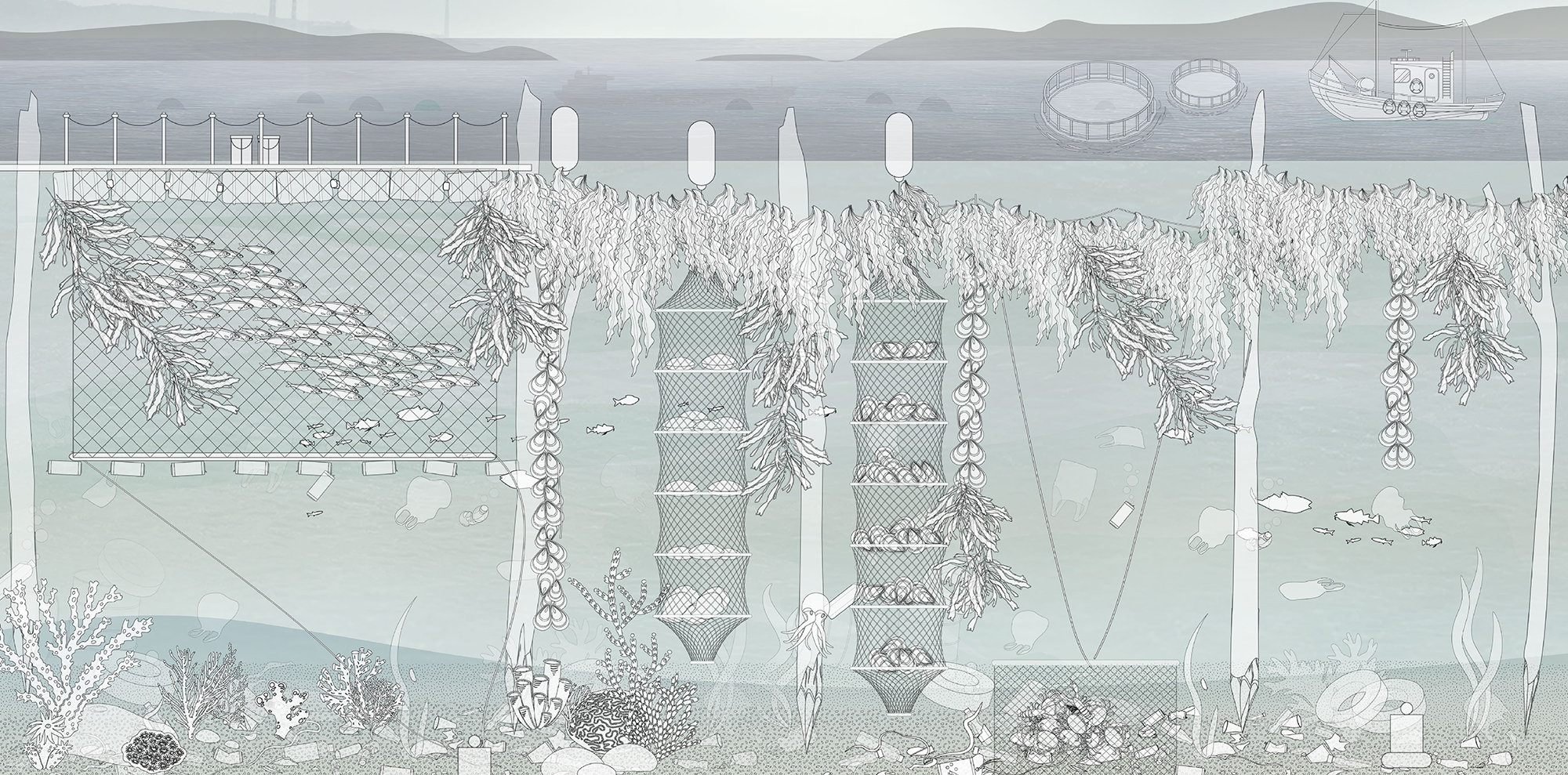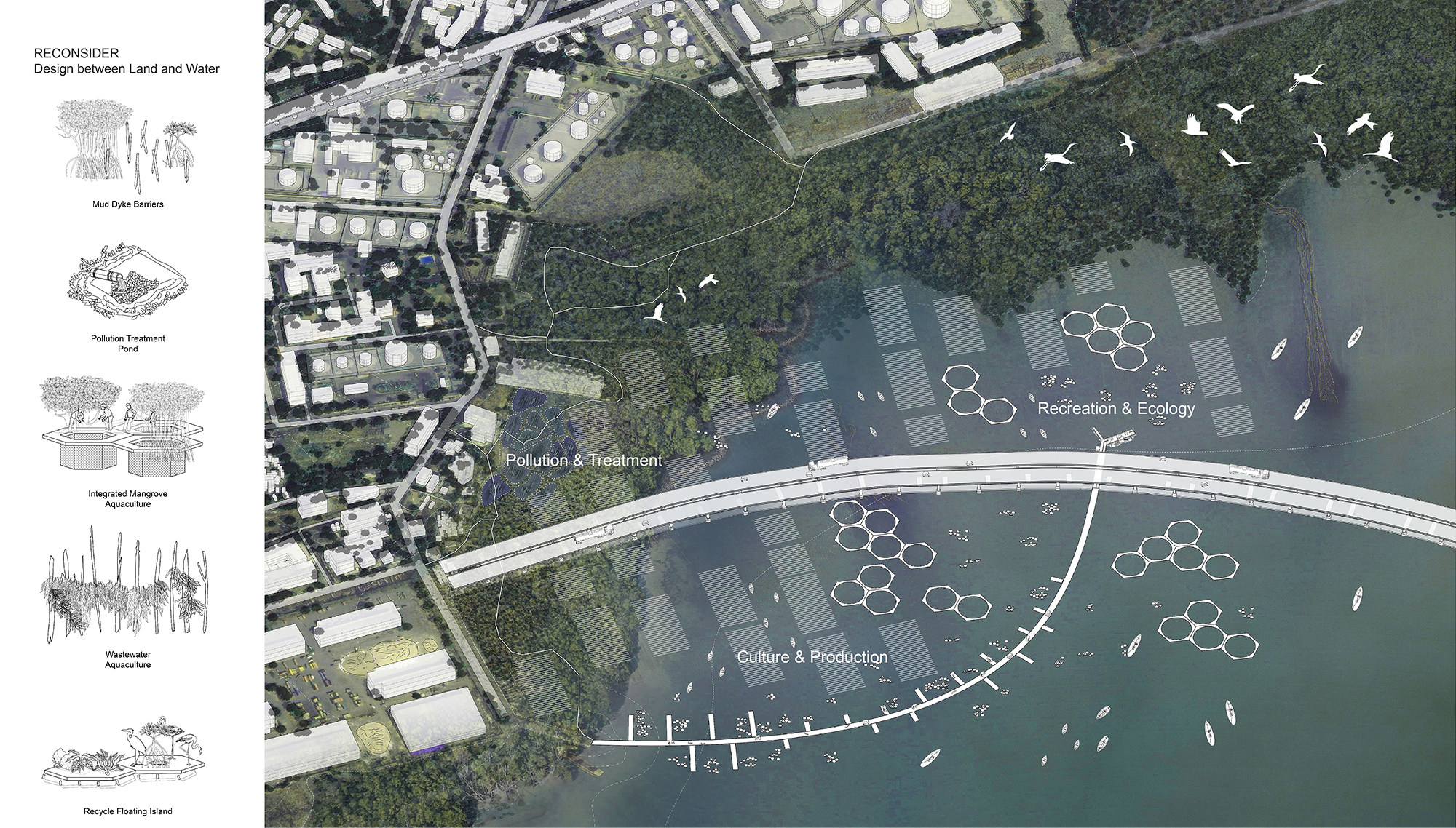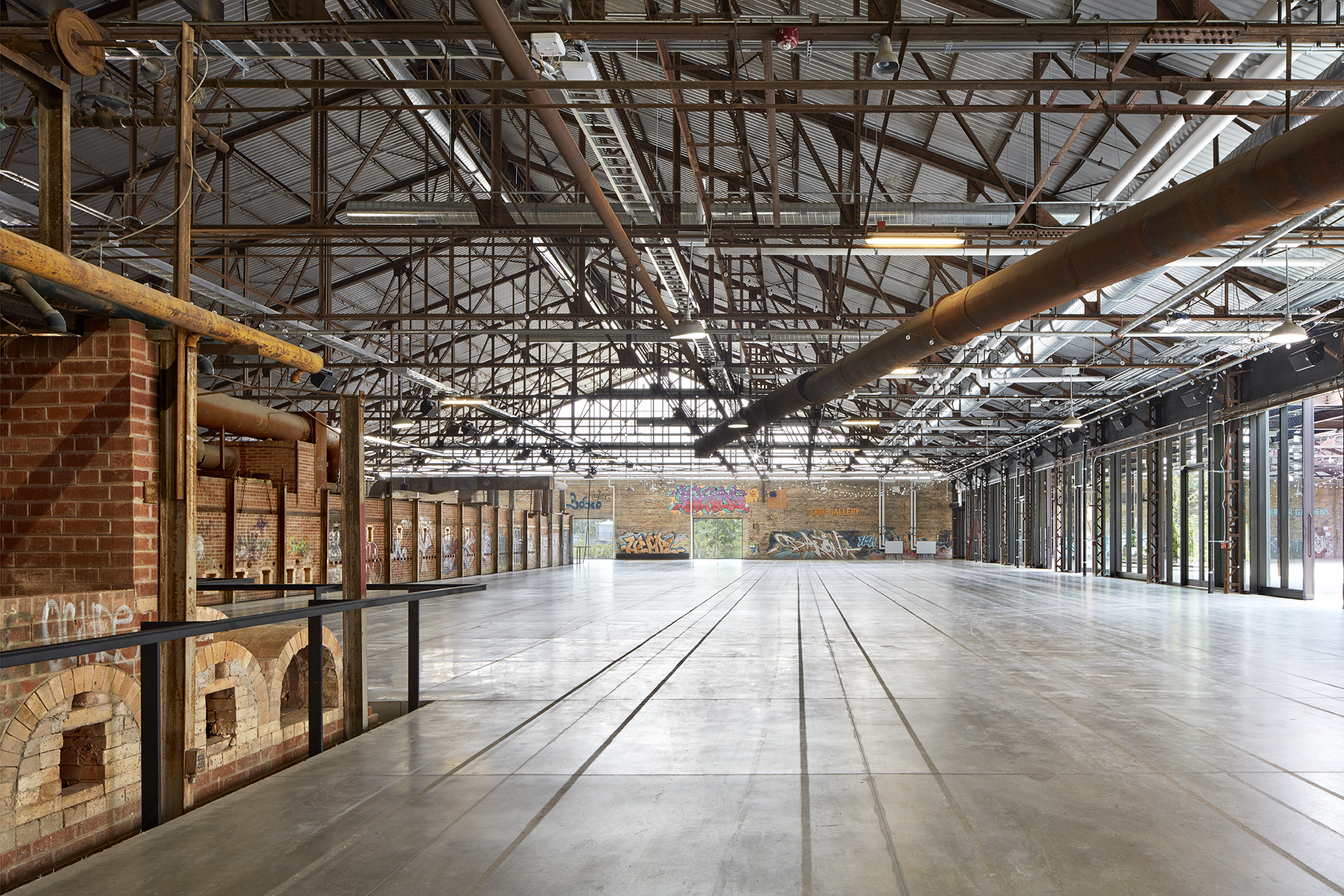
05.12.20 - Ja Architecture Studio wins a Canadian Architect Award of Excellence
Being a magazine cover model is great, but Ja Architecture Studio, a practice co-founded by assistant professor Behnaz Assadi and Nima Javidi, has achieved something that is arguably even better: a model they created is on the cover of a magazine.
Anyone who picks up the December issue of Canadian Architect will see, on the front, a scale model of "Wardell," a home addition designed by Ja Architecture Studio. The reason for the prominent placement? The design was a winner of a Canadian Architect Award of Excellence.
The Canadian Architect Award of Excellence is given annually to Canadian projects that exemplify architectural design excellence. Ja Architecture was one of four 2020 winners.
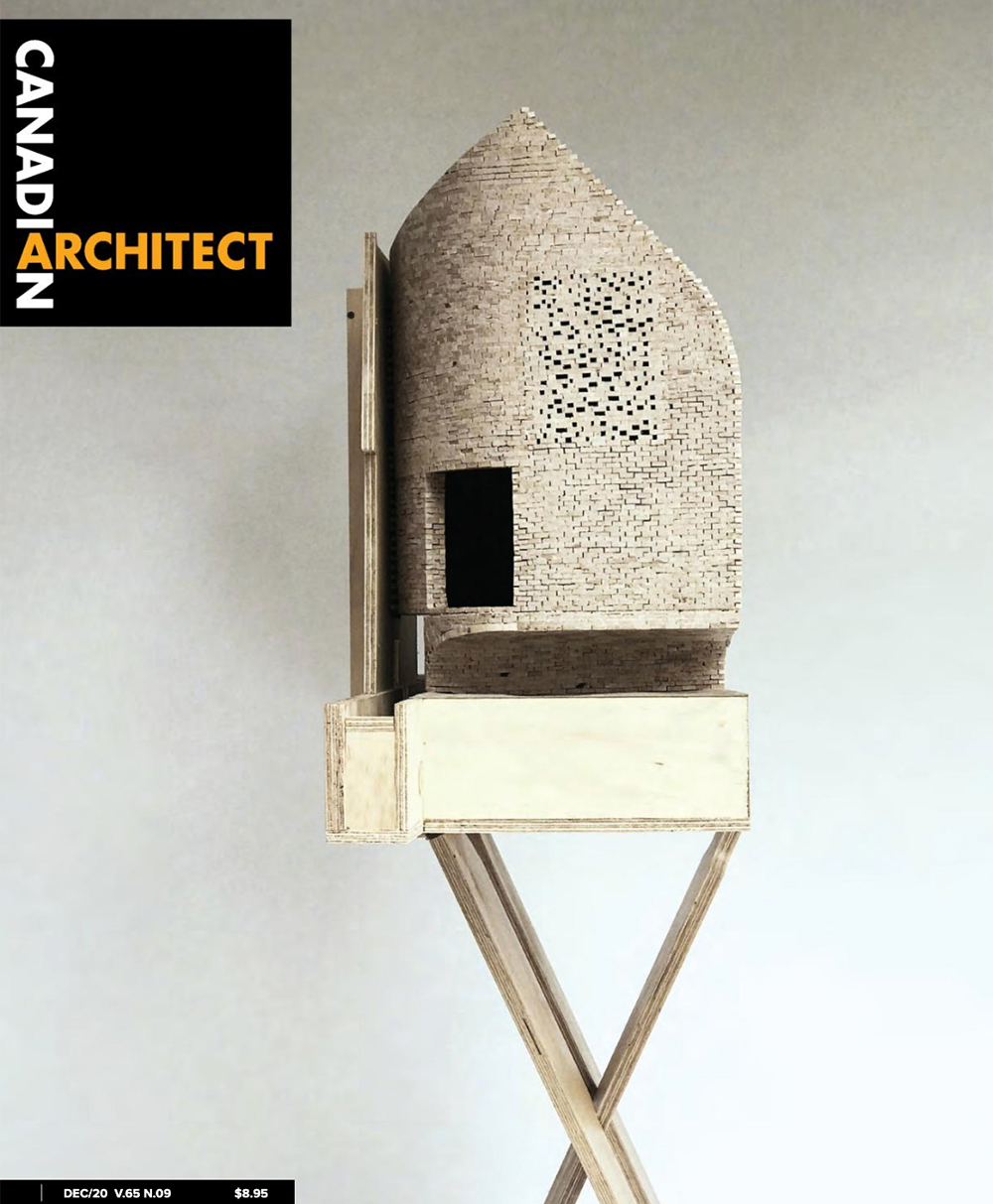
Wardell is a front-facing addition to a semi-detached home in Toronto's Riverdale neighbourhood. In creating the design, Assadi, Javidi and their staff of current and former Daniels Faculty students — MArch student Kaveh Taherizadeh and recent graduates Kyle O’ Brien (MArch 2017) and Rosa Newman (MArch 2020) all made direct contributions — transformed one of the most prosaic types of housing in Toronto into something exceptional.
The design adds a curved brick face to the front of a home on a wedge-shaped lot. The new facade rises to a gable-like peak that resembles, but does not emulate, the rooflines of adjacent houses. The front wall is cantilevered over the home's entrance, which gives the whole assembly an appearance of lightness. Inside are 51 square metres of new living space. The interior includes a sunken first floor with a courtyard, a second-level living area, and a luxurious open-plan master suite with its own winter garden, balcony, and skylight.
The Wardell design is currently still in development. The structure is scheduled for completion in 2022.
“This is a little jewel in the middle of the city," Stephan Cavalier, one of the award's jurors, wrote in Canadian Architect. "The designers could have just added to the existing house, but they created a separate object with a versatile space between. I like the tension from the street façade, which respects the smaller scale of the added component. The sculptural shape is complemented by a very interesting tectonic approach that does something different with brick."
To find out more about Wardell and the other winners of this year's Canadian Architect Awards of Excellence, visit the Canadian Architect website.


